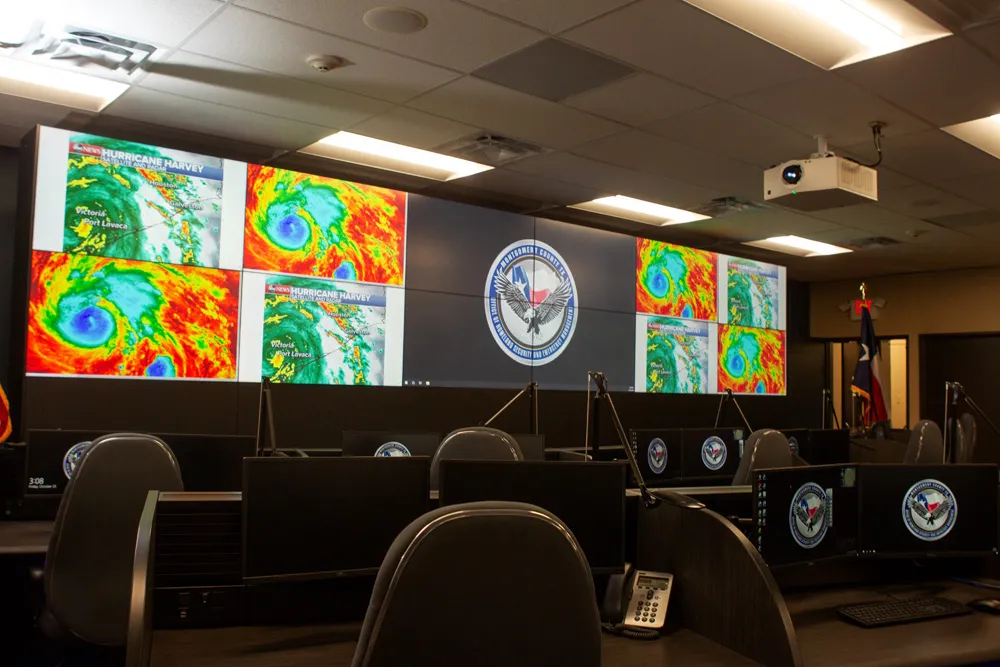Vital Technology has supplied a data communications network system to Egis Road & Tunnel Operation Ireland (ERTO) for the Dublin Port Tunnel which opened to traffic in 2007 and is the longest urban tunnel in Europe as well as the largest civil engineering project ever undertaken in Ireland. While core components are proving durable, communication systems became subject to early obsolescence and were causing networking problems and unscheduled closures which prompted the upgrade.
July 13, 2012
Read time: 3 mins
Vital Technology has delivered a scalable, resilient, fault-tolerant system with dual redundancy across data networking and SCADA subsystems. The network uses
Other principal subsystems in use at the Dublin Port Tunnel include public address & voice alarm (PA/VA) which is benefiting from a proprietary protocol by audio specialists Peavey. This solution digitises messages over exceptional relay distances of up to 4.5km before the information is converted into analogue data at the core and put through a standard PA unit.
As Vincent Byrne, control systems manager at ERTO, explains, “The sensing technology in any major road tunnel is extensive, with equipment detecting carbon monoxide, carbon dioxide and nitric oxide. At this site, all these detection units are wired back to remote, dedicated industrial PCs which control the I/O. These remote units are located approximately one kilometre apart, each dealing with up to 300 pieces of input and output, and integrated into the Vital network.
“The Vital and ERTO engineers had to segregate the network both horizontally and vertically. There were VLANs whose behaviour was dependent on what equipment type was being used. Add to this the Layer 3 switching and the unusual demand of multicasting CCTV, and it will be seen that the complexity of the project was successively compounded. This was done to ensure that a failure of a single device would never impact upon tunnel availability and safety. Vital’s response to the brief was impressive and the solution has proved successful in the field,” Byrne said.
Crucially, Vital managed to reuse existing fibre optic cabling and in a manner that made the network more resilient by creating a redundant ring topology. Another challenge was overcoming persistent problems with the legacy IP-addressing scheme.










